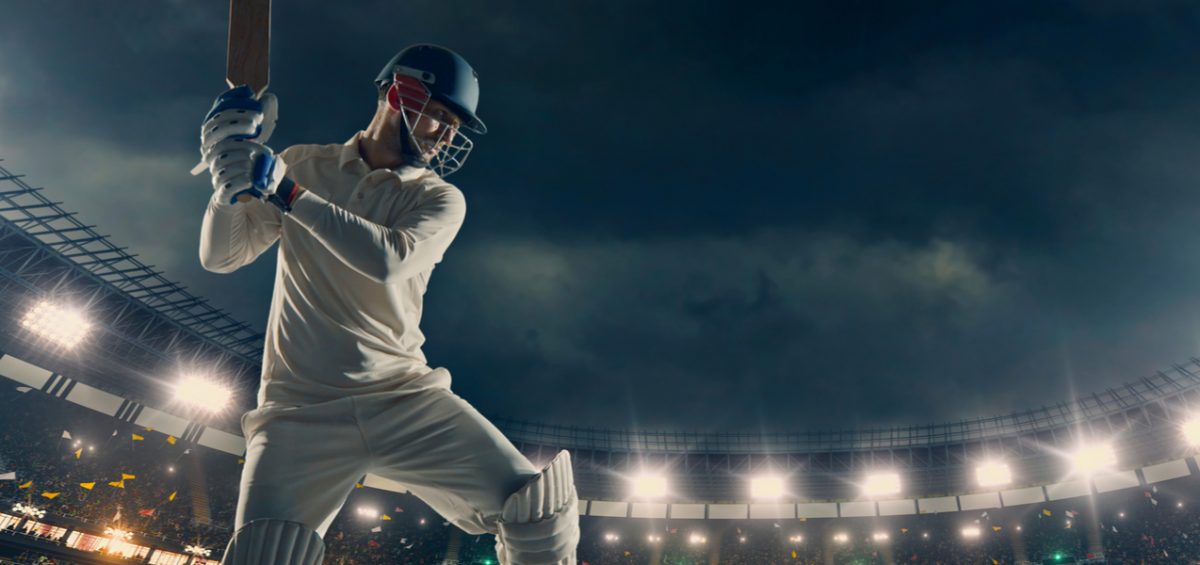
The 5 Most Common Cricket Injuries And How To Treat Them
You might not think it, but cricket can be an extremely dangerous sport. With balls traveling at tremendous speeds and bats being flung through the air, there are a number of ways you can be seriously hurt if you’re not too careful. At Northern Spinal Sports Injury Clinic, we looked at the top five most common cricket injuries and how to treat them:
1 – Hamstring Strain
Around 25% of hamstring injuries are reoccurring. Poor conditioning and lack of strength are often to blame, but there are solutions to keep this from happening again.
Whether you are the greatest wicket keeper or the fastest bowler, your hamstrings are arguably the most important muscle when playing cricket. The hamstrings are a group of muscles that run down the back of your leg, allowing it to bend at the knee. A hamstring strain is usually caused when one or more of these muscles have become overloaded, leading to a strain, or even worse, a complete tear.
Common Causes Of A Hamstring Strain:
- A snapping or popping feeling during exercise.
- A sudden or severe pain during exercise.
- Pain or tightness when straightening or bending the leg.
- Difficultly putting weight on one leg.
Treatments For Hamstring Strain:
- Soft Tissue Massage
- Dry Needling
- Electrotherapy
- Joint Mobilization
- Ice & Heat
- Biomechanical Assessment
2 – Lower Back Pain
Whether its swinging for sixes or diving for the last wicket to catch someone out, playing cricket also relies heavily on the lower back. These movements and actions can all trigger pain and inflammation. In technical terms, this type of injury is called a “lumbar sprain”, which literally means an overstretching of a ligament of the lumbar spine.
Common Causes Of A Lumbar Sprain Include:
- Direct Trauma
- Overuse & Fatigue
- Sudden Unguarded Movement
- Muscle Imbalance
- Muscle Reconditioning
The best treatment for a Lumbar Sprain is to immediately apply ice and rest. If you experience severe pain or pain that doesn’t subside after a few days, contact one of our qualified professionals at Northern Spinal to properly diagnose and treat your injury.
3 – Side Strain
A side strain is an injury that occurs in the Oblique’s (side of the body), and is an injury commonly seen in bowlers. It occurs on the opposite side of the bowling arm due to a forcible contraction of the muscle. As you can imagine, the world’s fastest bowlers such as Bret Lee produce immense force, and can bowl up to speeds of 160km/h. At that rate, it’s not surprise the body can be susceptible to minor injuries and tears.
Common Causes Of Side Strain:
- Direct Trauma
- Overuse & Fatigue
- Sudden Unguarded Movement
As with other types of sprains, we recommend you treat the inflamed area immediately with ice and rest.
4– Shoulder Pain
“Your shoulder is the most mobile joint in your body. It has an amazing range of motion. Your shoulder allows you to lift your arm overhead, out to the side, rotate it behind your head and your back and reach in multiple directions. However, this huge range of motion comes at the cost of its stability” (Northern Spinal Clinic)
Shoulder pain is almost a given in the sport of cricket. Bowling, batting, fielding and even wicket keeping puts your shoulders into physical overdrive.
Common Causes Of Shoulder Pain:
- Repeated Actions: Bowling, Throwing, Etc.
- Sudden Shocks or Impacts
- Fatigue
Useful Treatments For Shoulder Pain:
- Physiotherapy
- Icing
- Anti-inflammation Medication
- Anti-inflammatory Gel
5– Sprained Ankle
All of us have had some experience with a twisted ankle, whether it occurred while playing sport or simply as an accident in everyday life. In Cricket, ankle sprains are a common and troublesome injury. When players cut at fast speeds or stop suddenly, that shifting momentum can put stress on the ankle and cause it to bend further than the body would like.
The question is, what is the best way to prevent ankle pain? Well, it’s not entirely preventable, but you can take steps to mitigate the chances of an ankle sprain.
How To Prevent Ankle Sprains:
- Bracing (Strap On Braces)
- Taping (Applied By A Qualified Physiotherapist)
Treatment For A Sprained Ankle:
- Rest
- Ice Therapy
- Compression With A Cohesive Bandage
- Elevation Of Ankle To Reduce Swelling
Unfortunately, most of us will experience ankle sprains at some point in our lives. When you do, it’s important that you seek proper diagnosis and treatment to ensure there isn’t something more serious at play. If you’re concerned about ankle pain, book an appointment with one of our trained professionals today.
Well, there you have it, that concludes our discussion of the top 5 most common cricket injuries and how to treat them. Don’t suffer in pain any longer; book an appointment with one of our trained professionals today.
On behalf of everyone here at Northern Spinal Sports & Injury Clinic, we wish you the very best of luck in your cricketing endeavors!



